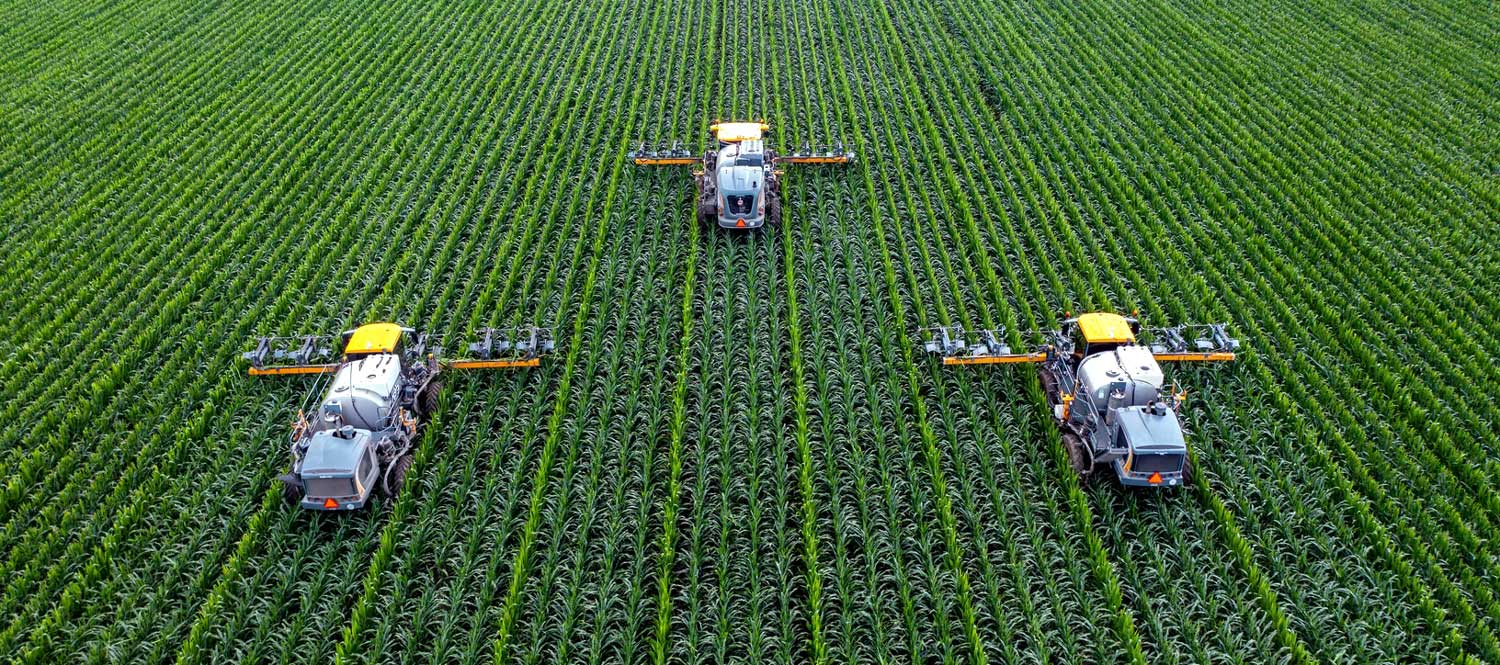Precision agriculture – also called precision farming, digital agriculture and sometimes “smart farming” – is a management strategy that encourages the precise use of resources, technology and farming practices to increase the accuracy, efficiency, yields, quality, profitability and sustainability of agricultural production. That’s a fairly simple definition of the term. The truth is that a wide variety of definitions have been put forth over the past 30 years with each one different depending on how ‘precise’ and detailed they try to be. In practice, precision farmers use GPS tracking systems, satellite imagery and a host of other technologies to monitor crop yields, soil levels, and weather patterns in order to increase efficiency on their farms.
In the early 1990’s Professor Pierre Robert, of the University of Minnesota, became a recognized authority on the subject after he co-organized six conferences on precision agriculture. These conferences, along with his academic body of work, earned him the title of the ‘father of precision farming’. One of Roberts first workshop was titled Soil Specific Crop Management. He furthered a simple concept of site specific management which called for applying the “right input at the right time, in the right amount, and at the right place” into a revolution in agriculture. Today, some call it “Agriculture 4.0” believing that it represents the onset of the fourth agricultural revolution.
However, it is important to remember that whatever term used to describe the practice, they are all umbrella terms that refer to a number of different technologies and practices. There are advantages and drawbacks to each of them but one roadblock to full adoption are what can be significant entry costs and ongoing costs. The common technologies associated with precision farming include computer hardware and software, GPS and yield monitoring equipment, and equipment for variable rate applications. The cost for these technologies can range from several thousands of dollars to hundreds-of-thousands of dollars. On top of this, farmers face per-acre expenses to perform soil grid sampling and recurring fees for weather information, variable-rate application, and related services which together can add as much as $12 in operating costs per acre of land.
The goal of the farmer
The precision farm makes use of emerging technologies precision ag increases yields and profitability while reducing the levels of land, water, fertilizer, herbicides and labor needed by the farm. Although the systems and technologies applied may be complex and rapidly changing the precision farmer – or the smart farmer – has a simple goal: to apply available technology in a manner that will allow them to grow more crops and raise more livestock at a lower cost than techniques used in conventional farming. If they can do this while contributing to a more sustainable environment and preserving resources, all the better.
Associated tools and technologies include:
- Global Positioning Systems
- Geographic information systems (GIS)
- Remote and Local Sensing Technologies including sensors, cameras and drones
- Variable Rate Technologies – both prescription based and sensor based
- Yield monitoring and mapping
- Robotics
- Weather Modeling
Some helpful resources

